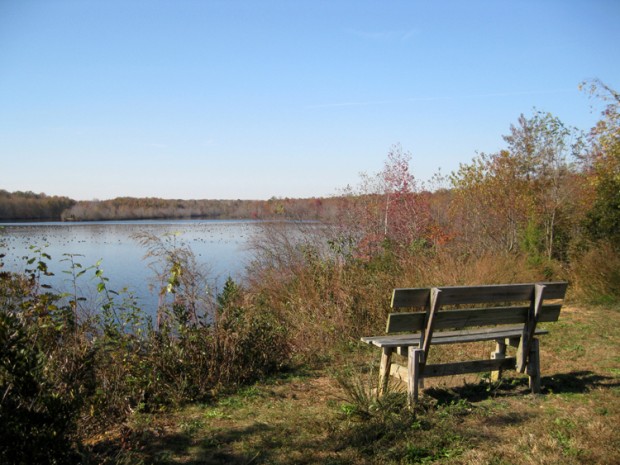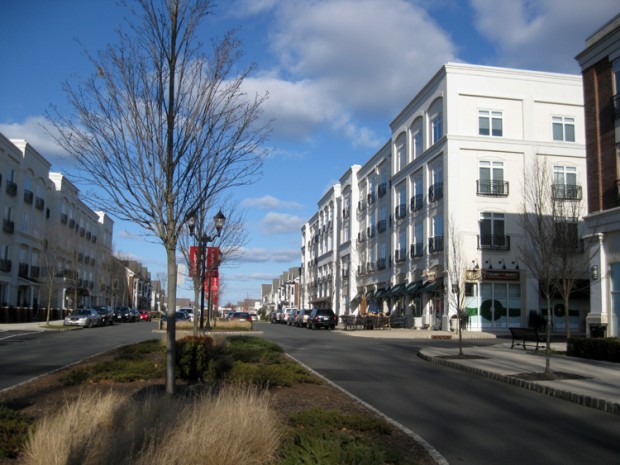Preserving Land through Market Real Estate Transactions
Nine Approaches and Four Success Stories
Innovative, affordable efforts to create an alternative to sprawl development are illustrated in New Jersey Future’s new report, “Preserving Land through Compact Growth: Case Studies of Noncontiguous Clustering in New Jersey.”
The report focuses on the nine townships that have adopted noncontiguous clustering ordinances: Delaware, Hillsborough, Hopewell (Mercer County), Middle, Monroe, North Hanover, Ocean, Plainsboro and Robbinsville. Each case study includes photographs capturing the character of the natural and built environment; a map of the project area or municipality; and a summary of the key features of the master plan, ordinance(s) and implementing projects, if available, with links to supporting documents.
In addition, the report highlights success stories in four of these communities, where landowners and developers have taken advantage of the option to build more compactly on some sites, while preserving farmland and open space on others. The case studies give the details of effective master plans and ordinances, and show the landscapes and land uses that many of the townships seek to preserve.
When authorized as a development option,noncontiguous clustering has great potential for to benefit not just developers and landowners but also municipalities seeking to preserve land and strengthen neighborhoods, especially since it doesn’t involve public money. However, in the 16 years since the noncontiguous clustering tool has been available, only four projects have been completed.
New Jersey Future has been working with colleague organizations to make noncontiguous clustering an easier to use and more powerful planning tool, and will be pursuing amendments to the planning statute.
Download Report:
Preserving Land through Compact Growth: Case Studies of Noncontiguous Clustering in New Jersey (PDF)





















